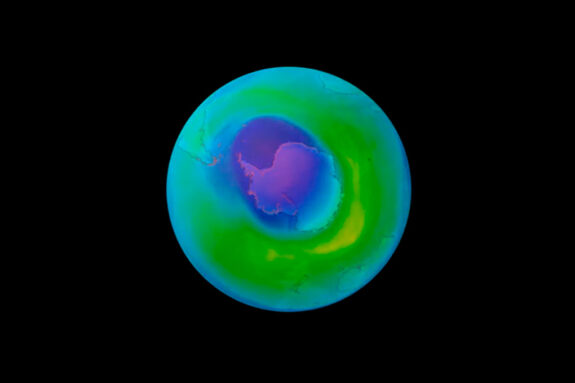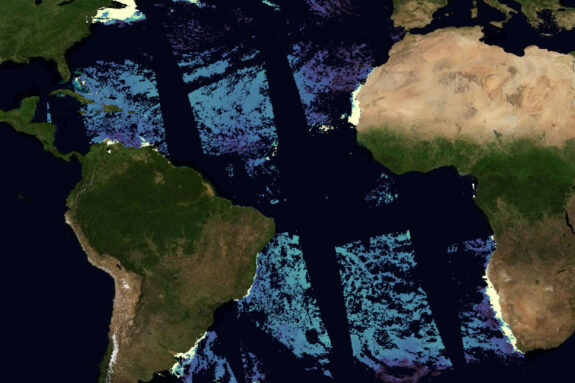Two EAPS graduate students received the award for their 2021 presentations at the AGU fall conference
Congratulations to Ellen Lalk and Craig Martin who have been given the Outstanding Student Presentation Award (OSPA) for their presentations at the Fall Meeting of the American Geophysical Union, which took place in New Orleans in December 2021. The award recognizes undergraduate, master’s and PhD students who present quality research in the geophysical sciences.
Ellen Lalk is a PhD candidate studying chemical oceanography in the MIT/WHOI joint program in Shuhei Ono’s lab. Her talk, “Clumped methane isotopologue based temperatures reveal sources of methane in marine gas hydrates and associated vent gases” talked about gas hydrates, ice-like formations in shallow marine sediments, that make up one of the largest global reservoirs of methane. Determining the source and history of methane from these deposits informs the viability of sites as energy resources, and potential hazards from hydrate dissociation or intense methane degassing from ocean warming. They measured clumped isotopes of methane and derive isotope-based temperatures from a global survey of gas hydrates associated with different seafloor morphologies, including: mud volcanoes, cold seeps, oil seeps, and pockmarks. Temperatures at cold seeps, oil seeps, and pockmarks aligned with previous models of their formation conditions. On the other hand, they identified that there are at least two categories of mud volcanoes, based on methane geochemistry. They think that this observation is connected with the tectonic settings of these features, which may play an important role in controlling the chemistry of deeply-rooted fluids.
Craig Martin is a PhD student in the Jagoutz group, working on research in tectonics and paleomagnetism. His talk, “Paleomagnetic Constraints on the Multi-Stage India-Eurasia Collision” discussed data collected from rocks in the Himalayan mountains to examine the tectonic events that led up to the uplift of the region. Their samples, collected 15 km apart on either side of a suture zone located in Ladakh, NW India, indicate that a volcanic island chain existed out in the Neotethys ocean between India and Asia before the ocean closed. India plowed through this island chain before finally colliding into Asia and uplifting the Himalaya. Their findings lend support to a theory of a multi-stage tectonic growth of the Himalayan mountain range, rather than the single-stage continental collision event that is commonly assumed.



